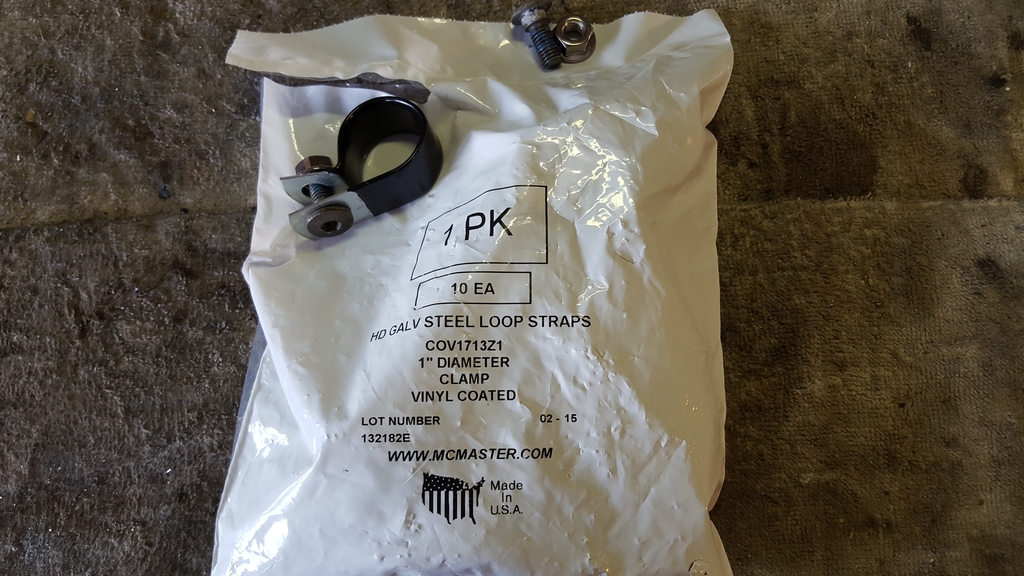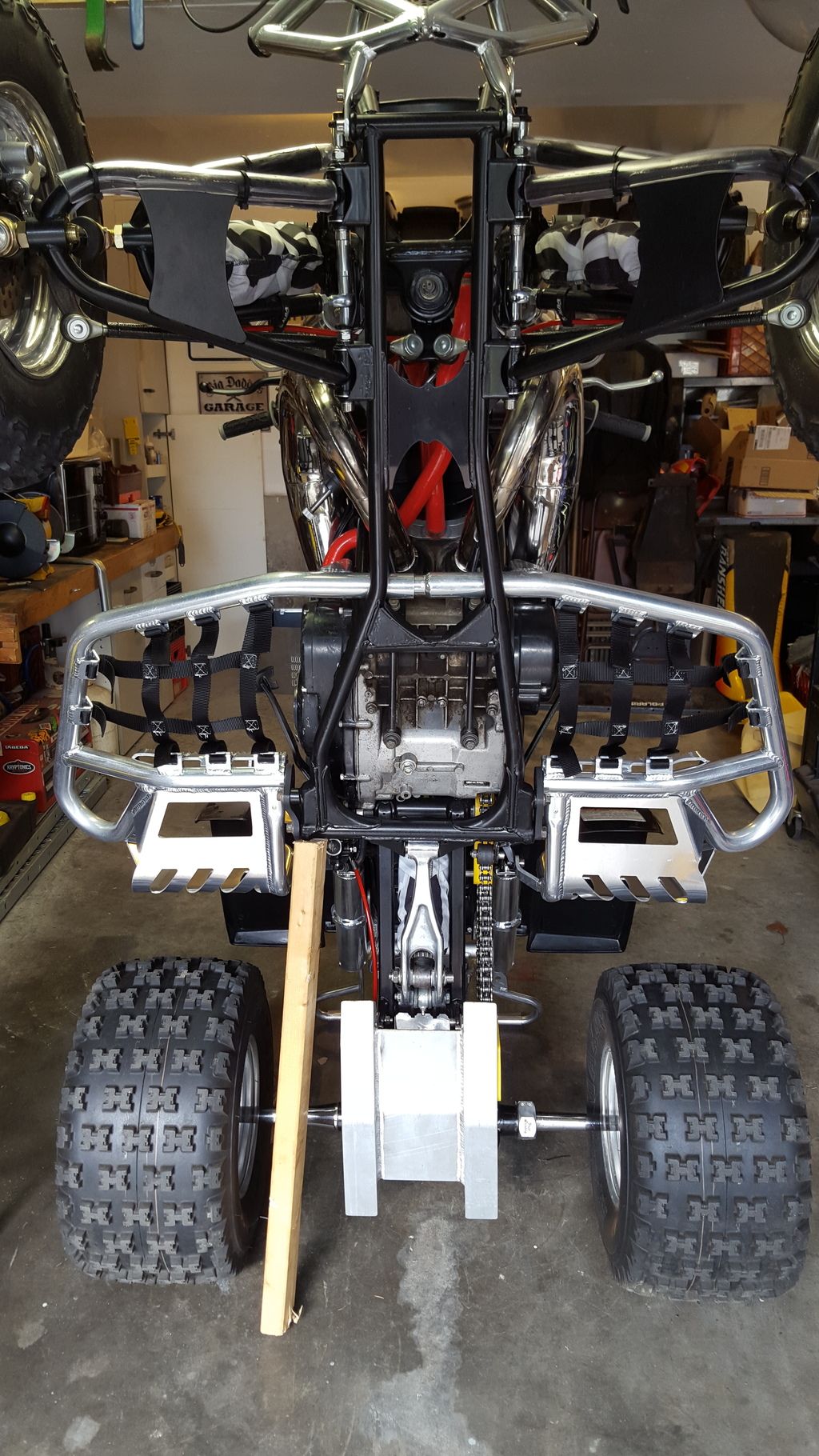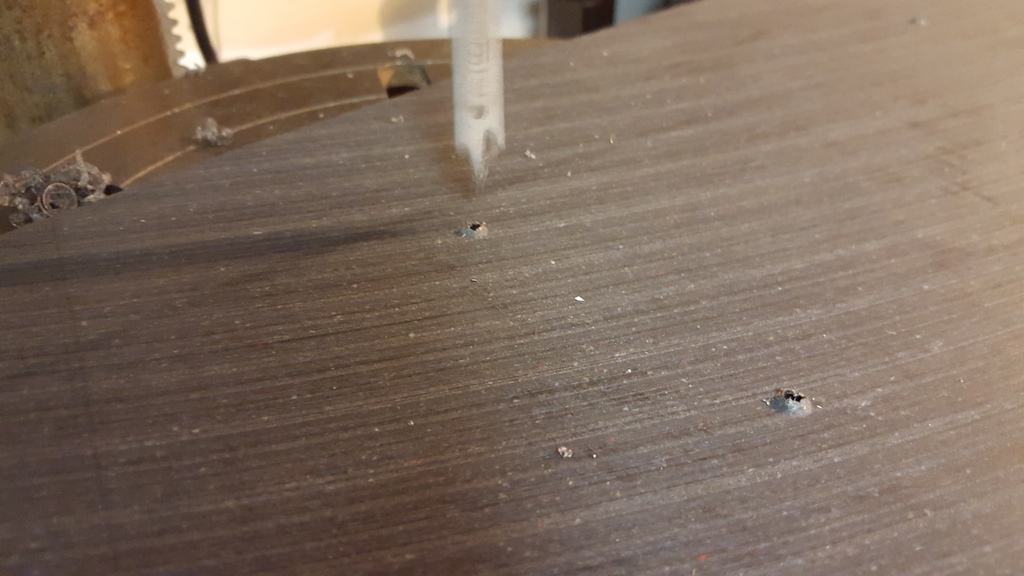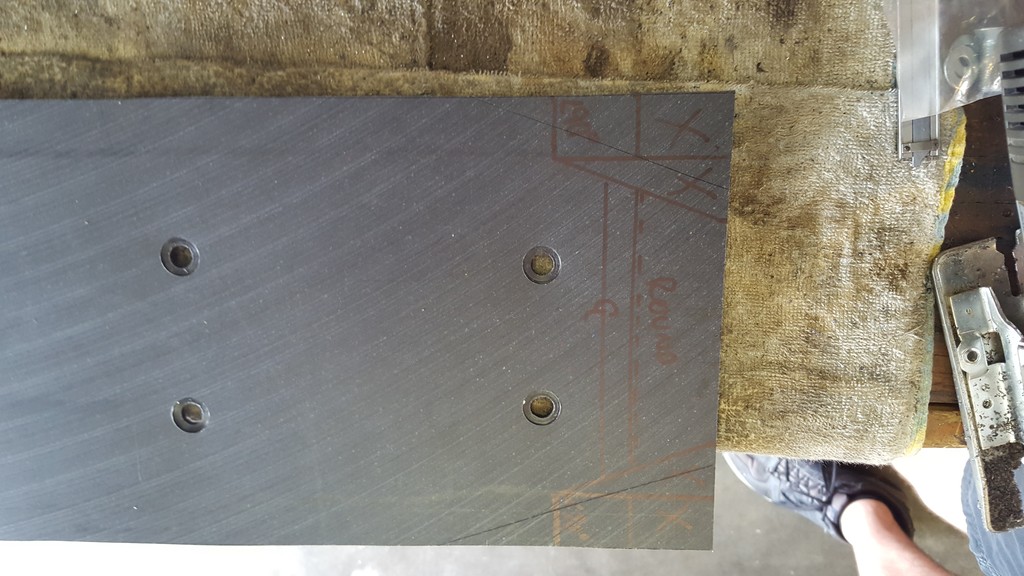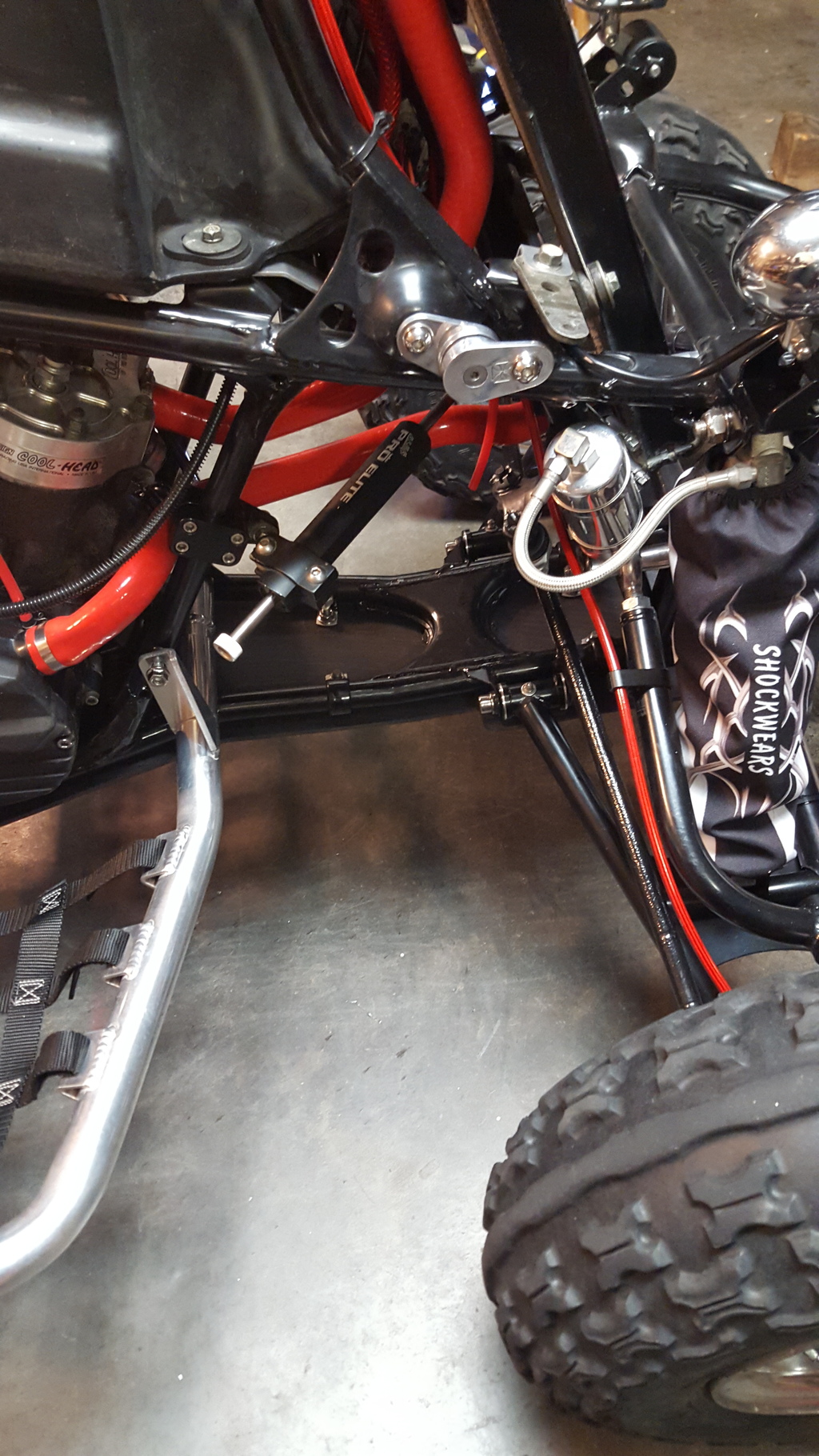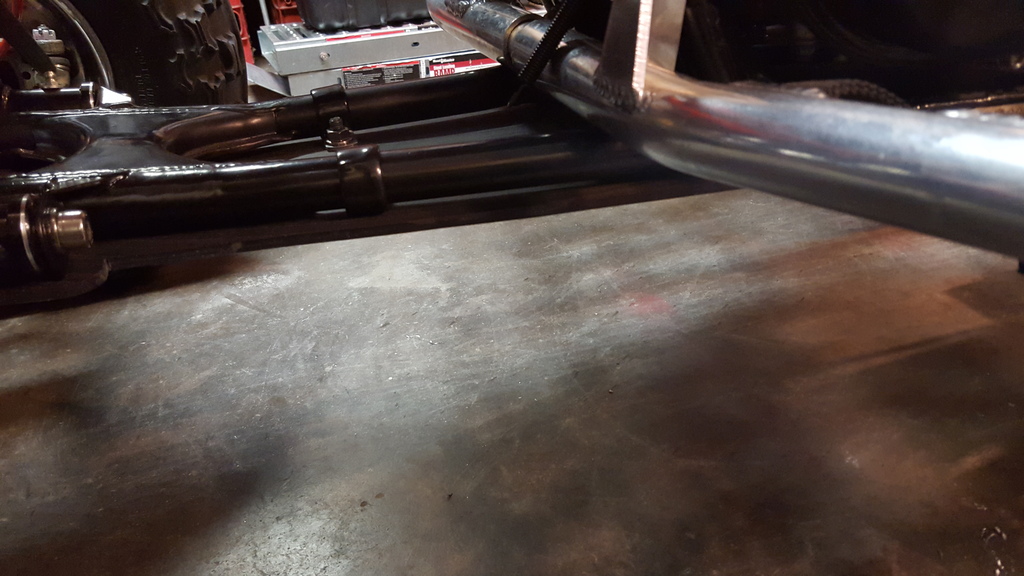Ok So I bought a top of the line ($130) plastic skid plate. The fit and mounting design were terrible. So after looking into the cost of materials I decided I could do better and just as nice looking for less;
1/4" x 24" x 48" Black UHMW off Amazon - $75 shipped (prime)
2 - 10pks of 1" Plastic coated loop straps off of McMaster - $14 shipped
8 low profile M8-1.25 x 20mm bolts from an old set of front rotors - free
Satisfaction of a reliable skid plate that won't fall off on the trails - priceless
(EDIT) I ended up covering the entire bottom of the quad; Belly, shock linkage, swinger, and (coming soon) A-arms with the one sheet. NOBODY makes a set (alum or plastic) to do all of that!
1/4" x 24" x 48" Black UHMW off Amazon - $75 shipped (prime)
2 - 10pks of 1" Plastic coated loop straps off of McMaster - $14 shipped
8 low profile M8-1.25 x 20mm bolts from an old set of front rotors - free
Satisfaction of a reliable skid plate that won't fall off on the trails - priceless
(EDIT) I ended up covering the entire bottom of the quad; Belly, shock linkage, swinger, and (coming soon) A-arms with the one sheet. NOBODY makes a set (alum or plastic) to do all of that!
Last edited:

